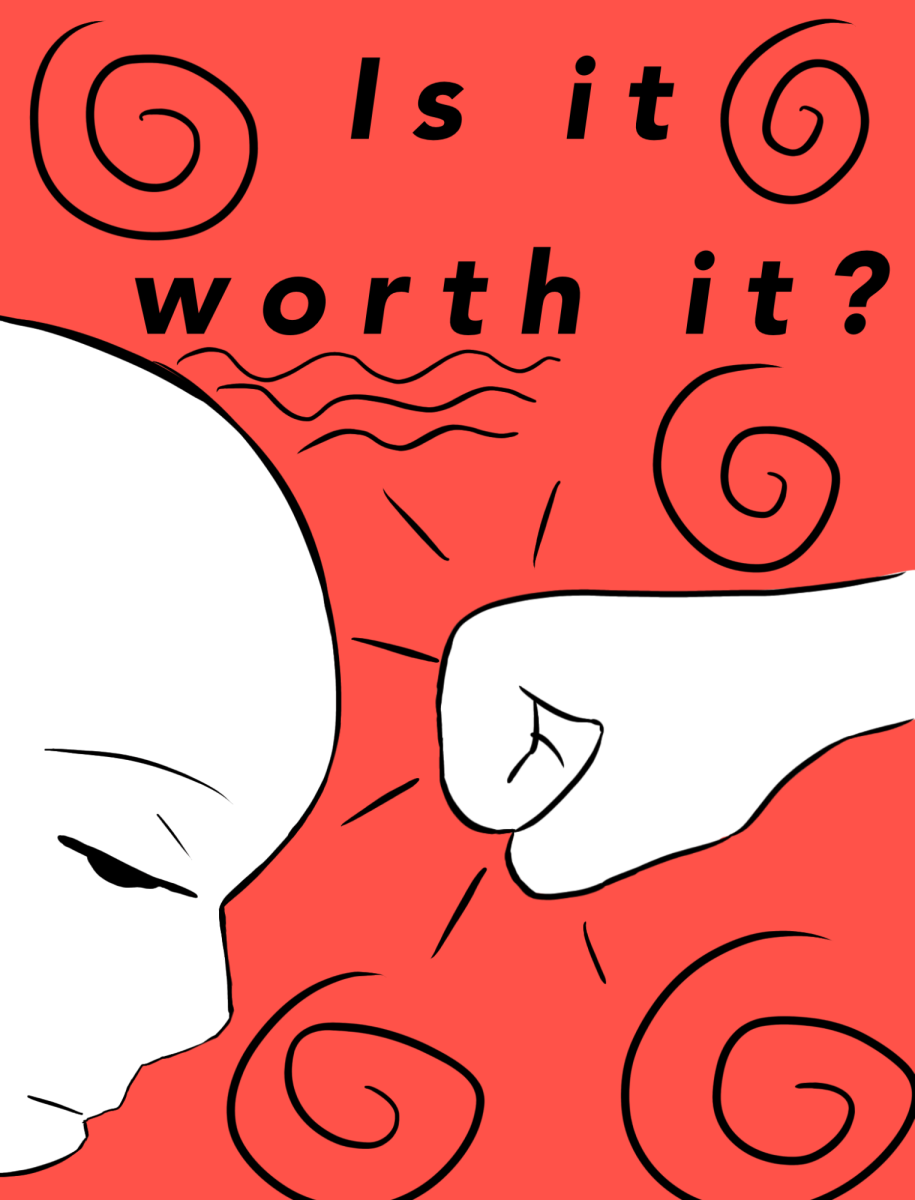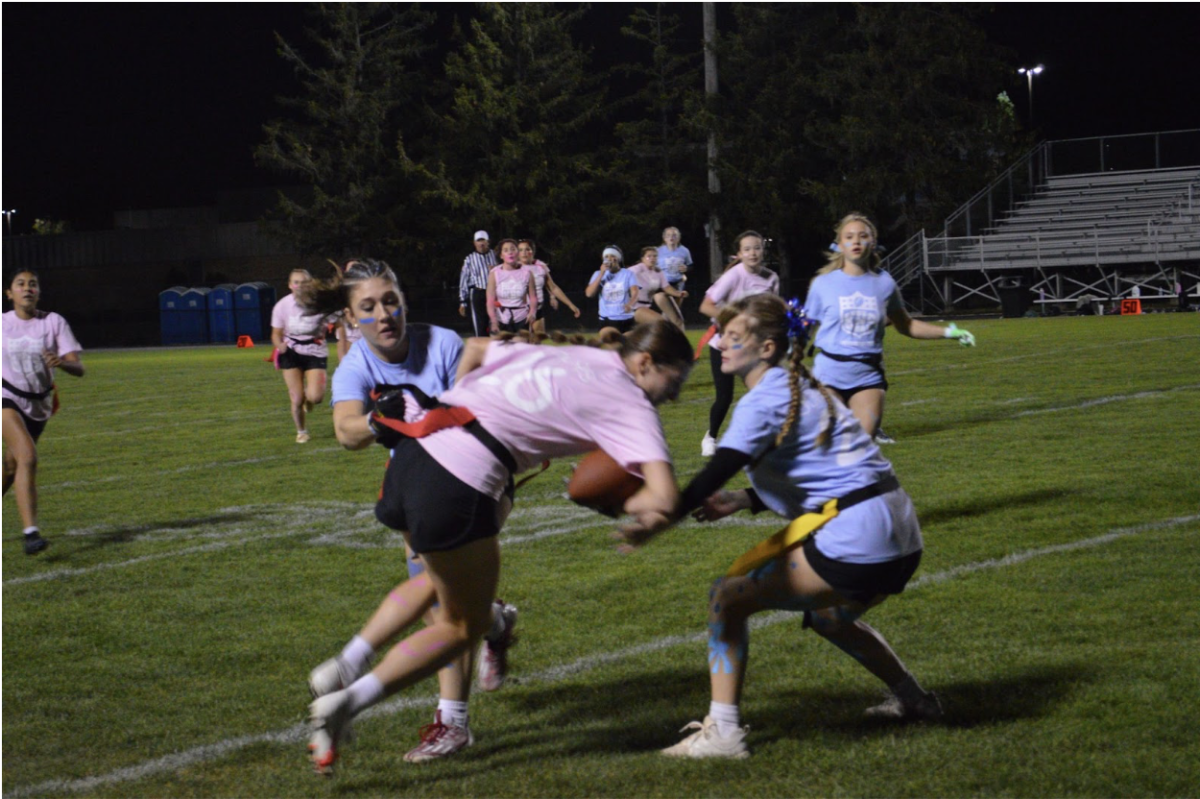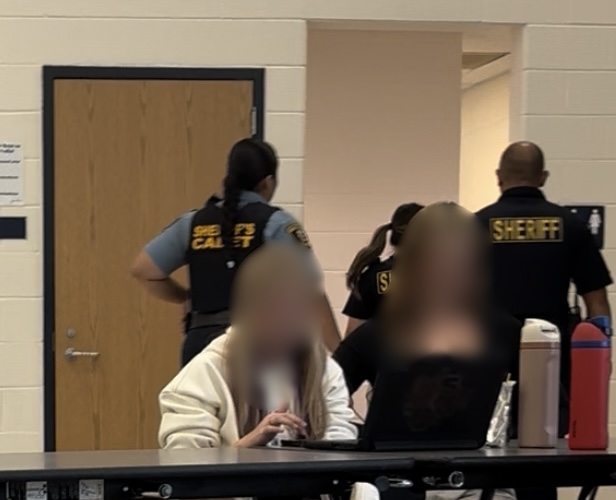In the 2024-25 school year, Kaneland High School is going back to traditional grading following a direction from the Board of Education to sunset the standards-based grading approach.
When one considers grading, the first thing they must ask themselves, “What even is grading?” Webster’s II New College dictionary defines the word grading as “to arrange in a series or according to a scale” and “a number, letter, or symbol showing a student’s level of achievement.” However the purpose and reasoning behind that is more complicated than the simple definition.
“The purpose of grading essentially is to give people a snapshot of where they are on something. Grades show progress,” Assistant Principal Nathan Schroll said.
Grades communicate with students and their parents how they are doing in school. They measure how well a student understands a topic or skill. A series of grades on the same topic or skill will show the progress, or lack thereof, from a student.
The two most commonly thought of grading systems are standards based grading (SBG) and traditional grading. However there are many other grading systems and choices for districts to make within those systems. Some other systems are rank based grading, six-point scale, 11-point scale and a multitude of letter based systems.
There are a multitude of different letter based grading systems. One such system has the letters E, G, S, N, U, H and I, which stand for Excellent, Good, Satisfactory, Needs Improvement, Unsatisfactory, High Pass and Incomplete, respectively. In the United States, this system is mostly used in elementary schools. Some other systems use the letters E, S, M, I or F or M, P, E, N and I.
Another not uncommon grading system is rank based grading. Rank based grading is often referred to as being graded on a curve. The top 20% or so of students in a class would get an A, the top 20%-40% precent would get a B and so on. It is used to motivate students to do their best and keep up with those around them.
“That’s a horrible idea,” sophomore Verity Mitchell expressed. “That’s just pitting people against each other.”
Common arguments state that the grades might not accurately reflect a class’s grades if all students are high achieving or underperforming. The grades would also reflect how one compares to one’s peers, not necessarily their individual performance. Principal Dr. James Horne shares that opinion.
“The problem I see with rank based grading is it puts all of the grade based on where the peers happen to be and not necessarily where a student happens to be,” Horne said. “If a student has an A, the student has an A. If that student has a B, the student has a B. It’s not based on what the other students within that class or within that school have,” he said.
According to an article by Teacherease, the two most common grading systems in the United States of America are SBG and traditional grading. Although traditional grading is slightly more popular, in recent years many schools and districts have switched to SBG.
Traditional grading uses the letters A-F, except E, and percents 0%-100%. It is well known by students as well as their parents as it has been around for centuries. On the downside, it makes it hard for students to recover from a single low grade and provides few opportunities for students who take a little longer to fully understand concepts.
SBG breaks down subjects and topics into learning targets that are assessed on a 0-4 point scale. Students are given opportunities to reassess standards to show growth in those areas. Opportunities to show proficiency range from tests to presentations to projects.
When our district decided to switch from the current SBG system back to traditional grading, one decision they had to make was whether or not to still include reassessments.
“I prefer traditional [grading], but I do like the reassessment part of standards based grading,” Mitchell said. Many students agree with this as it makes their lives easier.
There are many values of reassessing standards. Some reassessments are built into the class’s curriculum as it is assessed multiple times. Other times a student will have to approach a teacher to ask for a reassessment opportunity. The student may then have to complete extra practice or a special assignment.
“I think relearning is a part of life; it’s a part of careers,” Schroll said. “I think it’s a part of school now whether we like it or not.”
The ability to relearn skills one has a basic understanding or little past knowledge of is a skill that is useful in life. And as Schroll pointed out, that is one of the reasons children and teens are in school for at least 12-13 years.
“The proposal we are putting forward for the traditional grading will include opportunities for reassessment. It will look a little bit different, but there will still be opportunities,” Horne revealed.
Endless chances for reassessment can cause students to not take each and every assessment as seriously as they maybe should. The change to traditional grading may motivate those students to approach the day-to-day more sincerely. At its heart, however, reassessment is a practical and beneficial practice.
Another difference between the two grading systems is their opinions of formative work. Unlike SBG, traditional grading takes into account formative practice. This gives students a constant awareness of how they are doing in class. SBG proponents do not believe in grading formative work so as not to penalize students that do not immediately understand an idea or can not always complete homework on time due to extracurricular activities. For such reasons, the student responsibility score will be removed next year.
“What I like about the responsibility score is it takes some of the unacademic things that make people successful. Being ready and being prepared on a regular basis, whether you go to college or the workforce, wherever you go after high school, that’s a key and important thing. What I like about the responsibility score is that it lays it out for students and gives you a rating on it,” Horne said.
High school teaches students many important things, whether they are life skills, in depth information on specific areas of study or baseline knowledge on topics that make one a considered a well rounded person.
There is no perfect way to measure all of that in the form of comparable letters, numbers or symbols. New grading systems will constantly be created and argued between. However, our district’s board, administration and community have worked together to develop a system that will fit our needs as a community.
“I’m just excited about it because I think everyone has worked really, really hard to try and reconceive how we are going to do this and to reconceive and help student learning, help to support our staff and help please our community. I know some people are nervous and some people are worried. I have those thoughts too, and I’m also just excited,” Schroll said.













